Reflections on weeds
melissa_thefarm
13 years ago
Related Stories

GARDENING GUIDES5 Weed-Smothering Ground Covers
Let these landscape plants do the dirty work of choking out weeds while you sit back and enjoy the view
Full Story
FALL GARDENINGReflecting on a Gardening Year
Mistakes and successes, surprises and comforts. The garden helps us grow in new ways every year
Full Story
INSPIRING GARDENSFrom Concrete Lot to Gracious Organic Garden in Seattle
Plants, pests and even weeds have a place in this landscape, which offers an edible bounty and a feast for the eyes
Full Story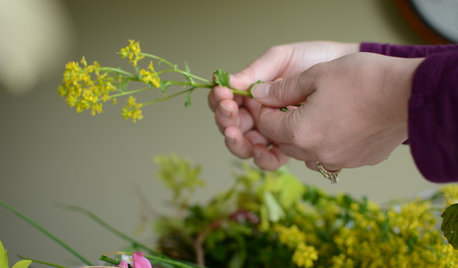
GARDENING GUIDESThe Quotable Garden: Writings That Will Grab Your Heart
Maybe you’ll see yourself in these reflections. Or maybe you’ll find a whole new way of looking at gardening
Full Story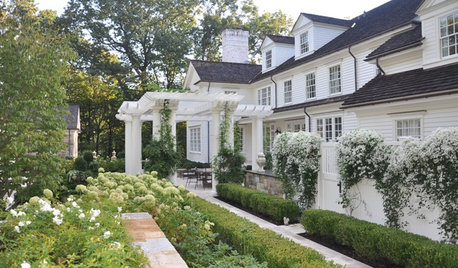
GARDENING GUIDESLay of the Landscape: Theme Gardens
Whether you're a collector, a romantic or a kid at heart, here's how to create a garden that reflects your unique interests
Full Story
GARDENING GUIDESThe Art of Green Mulch
You can design a natural garden that doesn’t rely on covering your soil with wood and bark mulch
Full Story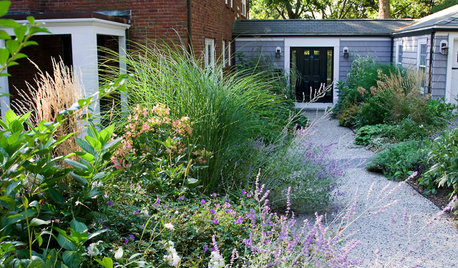
GARDENING AND LANDSCAPINGLay of the Landscape: Natural Garden Style
Team up with nature instead of fighting it for a landscape that perfectly suits your surroundings — and is a lot less work
Full Story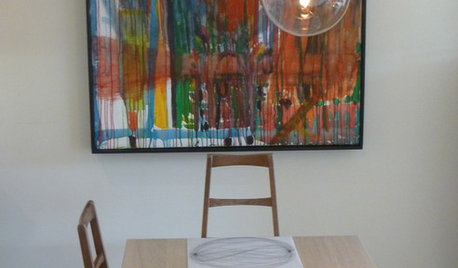
HOUZZ TOURSHouzz Tour: Just-Right Realism in an Eclectic Family Home
With 1,100 square feet, a modest budget and 2 young children, a San Francisco family embraces a creative DIY approach
Full Story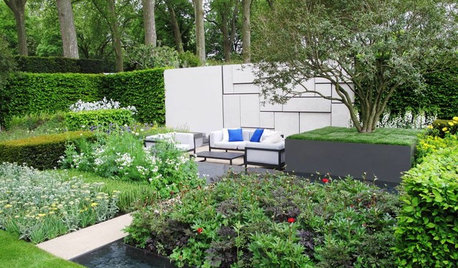
GARDENING GUIDESSee Winning Gardens From the 2015 Chelsea Flower Show
The popular annual London event showcases the best in garden design. Get inspired by these 2015 gold-medal winners
Full Story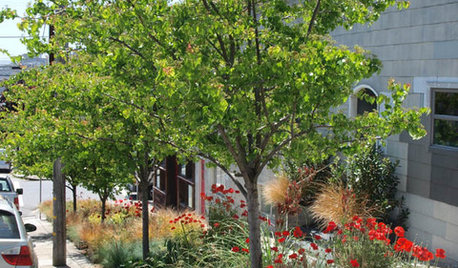
CURB APPEALTake Your Hell Strip to Heavenly Heights: 8 Design Ideas
Trade weedy dirt and trash for a parking strip filled with wispy grasses, low-growing flowers and textural trees
Full Story






professorroush
kaylah
Related Discussions
reflective plastic for high brix on peaches
Q
does your garden reflect your personality? Which gardens do?
Q
Reflections of my gardens
Q
Does your interior style reflect your garden style?
Q